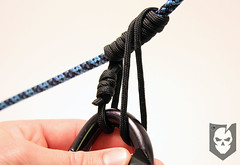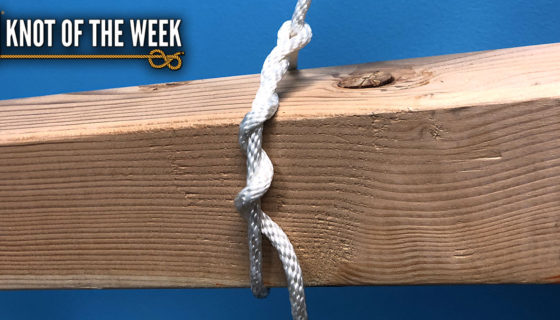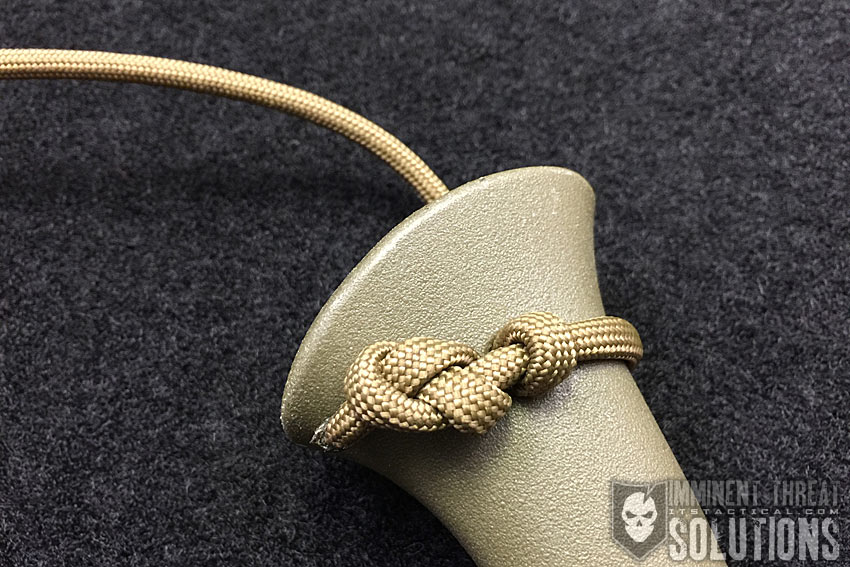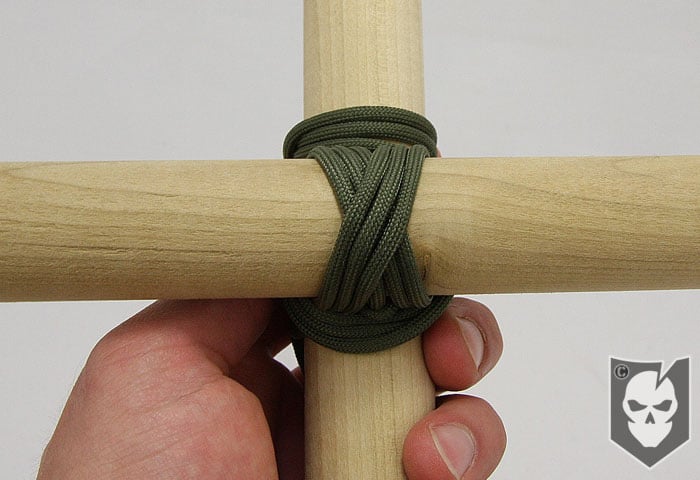Knot of the Week: French Prusik Knot
 The Knot of the Week continues with our climbing knots mini-series, and the French Prusik Knot. This variation of the Prusik knot’s most important attribute is it’s ability to be released under load.
The Knot of the Week continues with our climbing knots mini-series, and the French Prusik Knot. This variation of the Prusik knot’s most important attribute is it’s ability to be released under load.
Like the standard Prusik Knot, the French Prusik Knot is a friction hitch, which works by gripping the rope and providing friction to support a climbers weight. With the French Prusik too many wraps around the main line will bind the knot and not allow it to function.
Another advantage of the French Prusik is it’s ability to be pulled in either direction on the main line. It does however have a chance of slipping, and should be backed up if used.
Never shock load a French Prusik or any form of Prusik knots for that matter. They could slip and burn right through to the core and damage your main line or even completely fail.
Make sure to not wrap the Double Fisherman’s Knot section of your loop in the wrapping, which can decrease the knot’s effectiveness.
French Prusik Knot » Hitches
(Strength: 4/Security: 3/Stability: 3/Difficulty: 3)
Please refer to our Knot of the Week introduction post for a description of what these ratings mean.
The greater difference between the cord diameter being used for the Prusik and the main line, the better the Prusik will hold. Smaller diameter cord should be check for safe working load, and can also jam under load.
Uses:
- Ascending a rope
- Safety backup during rappelling
When used as a rapelling backup, the French Prusik is tied to the rope below the rappel device (Figure 8 etc… ) and then attached to the harness. This will provide friction to the rappel to slow descent, and allow the climber to stop mid-way through in an emergency.
Tying Instructions:
- Begin with a closed loop sling tied with a Double Fisherman’s Knot
- Wrap the knotted end around the main line starting from the bottom to the top
- Continue to wrap the knotted end around the main line
- When completing the desired number of wraps bring the top loop down to meet the bottom loop
- Clip a carabiner through the two loops to finish off the knot
- *Observe the final picture below which shows the Double Fisherman’s is not in the path of the load*
View the gallery below and follow along with the steps above!
[flickrset id=”72157619881039578″ thumbnail=”square” overlay=”true” size=”medium”]
Check back next week as we continue our Knot of the Week mini-series with the Klemheist Knot!











Discussion